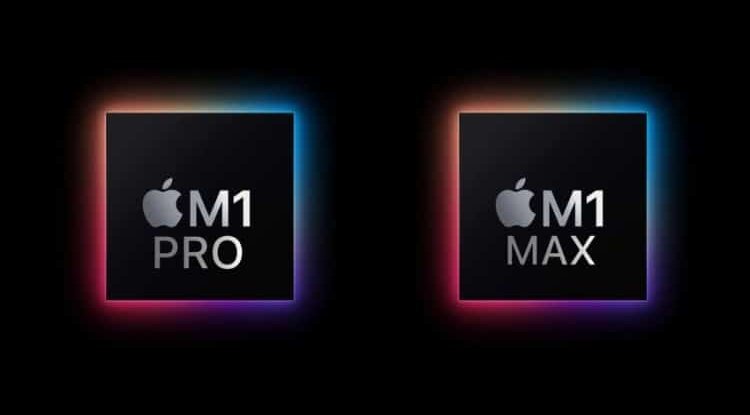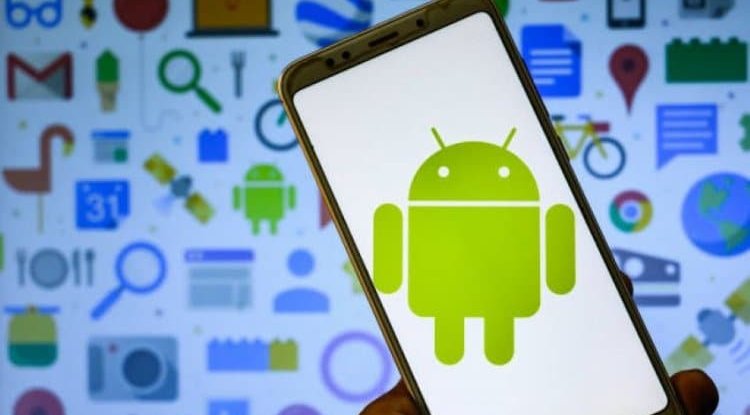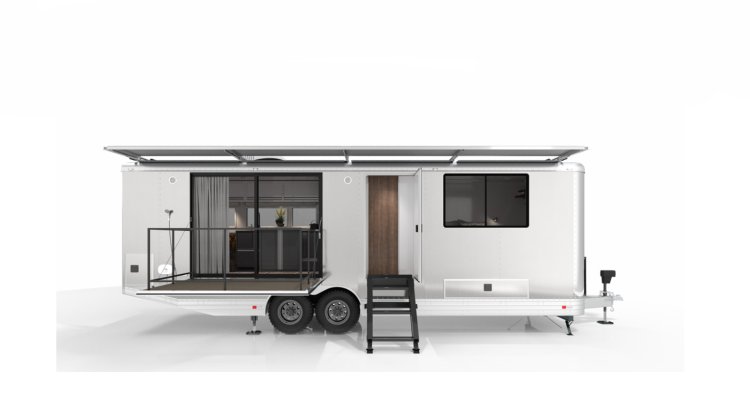3nm Mac and iPhone chips arrive as early as 2023
Apple is conquering the world of PCs with its debut of Apple Silicon chips inside Macs, taking what it has learned from the development of iPhone and iPad A-series chips and bringing that architecture to laptops and desktops.

Apple is conquering the world of PCs with its debut of Apple Silicon chips inside Macs, taking what it has learned from the development of iPhone and iPad A-series chips and bringing that architecture to laptops and desktops.
Today, The Information announced that Apple has no intention of slowing down and has plans for even faster second-and third-generation chips in the coming years.
The M1, M1 Pro and M1 Max were produced by a 5-nanometer process. The report says that Apple will continue with the second generation of Apple chips in 2022, using an upgraded 5-nanometer process. Therefore, the performance and efficiency gains compared to the M1 generation will be relatively small. Apple plans to have at least some of these chips have two matrices, doubling performance in machines that can accommodate larger chips such as desktop Macs.
Most importantly, it is said that Apple and their partners from TSMC plan to produce 3-nanometer chips for Macs before 2023. They could contain as many as four matrices, with a total of up to 40 CPU cores per chip. The three versions of the third-generation chip are reportedly codenamed "Ibiza", "Lobos" and "Palma".
The roadmap suggests that Apple will continue to "easily outperform Intel's future consumer processors," the report said.
The iPhone is also expected to move to 3-nanometer chips in 2023, retaining Apple’s lead in silicon performance in the smartphone market.
In the short term, it can be expected that Apple’s new Mac Pro will have at least two matrices, essentially making up the dual-M1 Max design. Mark Gurman of Bloomberg previously pointed out that Apple’s premium chip will have four matrices.
The 2022 MacBook Air will have Apple’s first second-generation chip.
By: Olivia J.





































